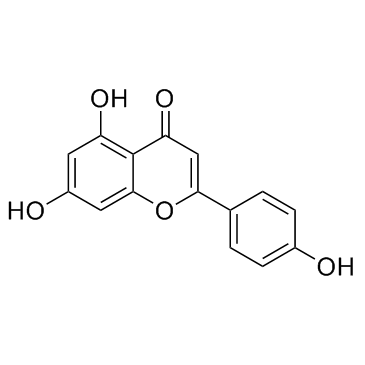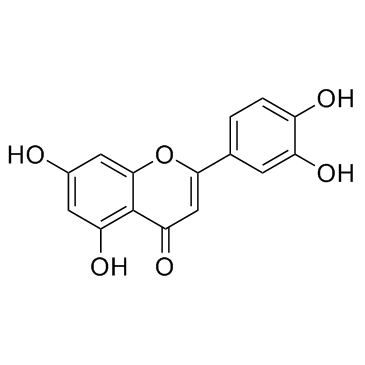| Structure | Name/CAS No. | Articles |
|---|---|---|
 |
Apigenin
CAS:520-36-5 |
|
 |
Luteolin
CAS:491-70-3 |
|
 |
Scutellarein
CAS:529-53-3 |
|
 |
Acarbose
CAS:56180-94-0 |